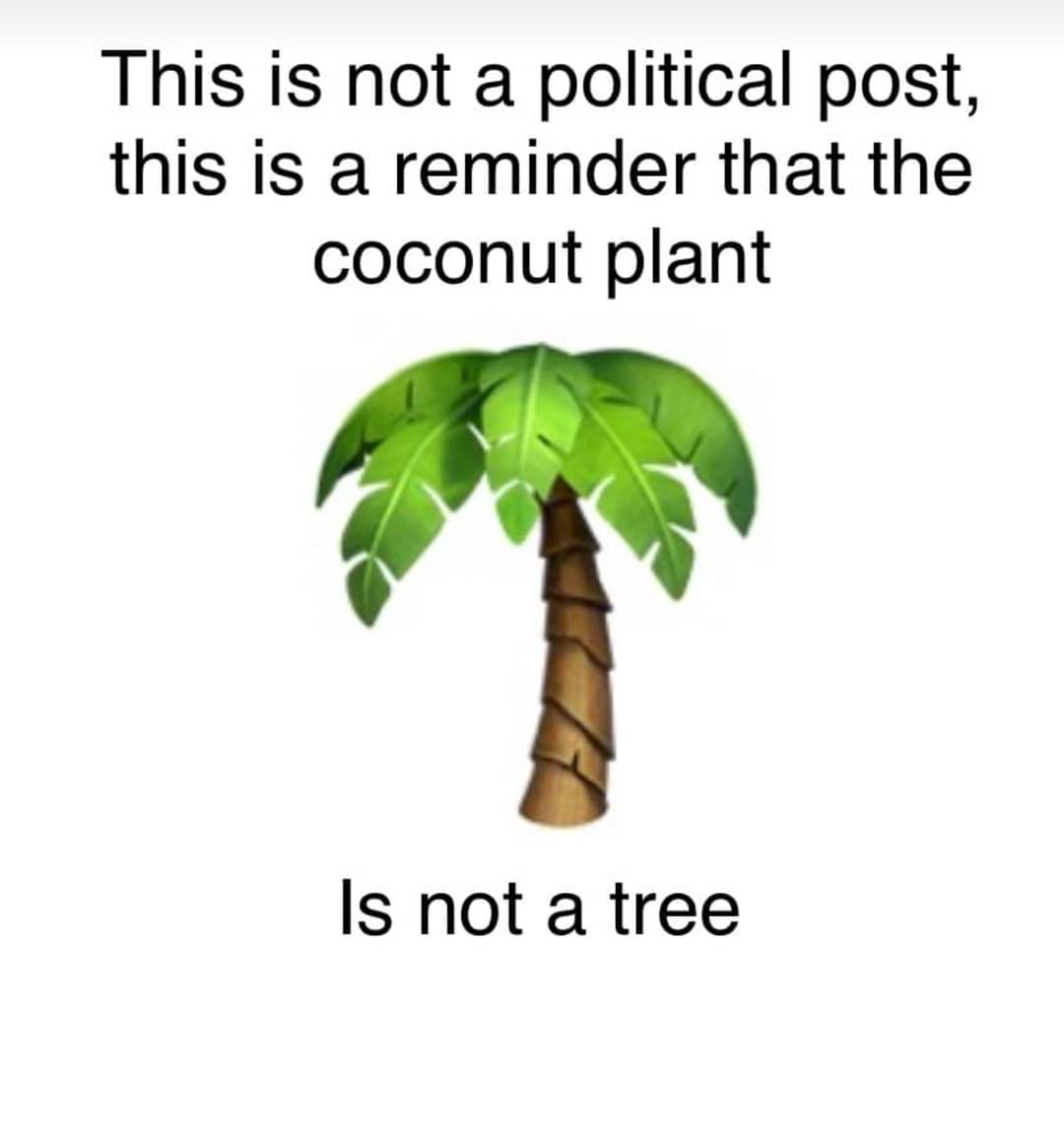this post was submitted on 22 Jul 2024
341 points (91.1% liked)
Science Memes
10923 readers
2303 users here now
Welcome to c/science_memes @ Mander.xyz!
A place for majestic STEMLORD peacocking, as well as memes about the realities of working in a lab.

Rules
- Don't throw mud. Behave like an intellectual and remember the human.
- Keep it rooted (on topic).
- No spam.
- Infographics welcome, get schooled.
This is a science community. We use the Dawkins definition of meme.
Research Committee
Other Mander Communities
Science and Research
Biology and Life Sciences
- [email protected]
- [email protected]
- [email protected]
- [email protected]
- [email protected]
- [email protected]
- [email protected]
- [email protected]
- [email protected]
- [email protected]
- [email protected]
- [email protected]
- [email protected]
- [email protected]
- [email protected]
- [email protected]
- [email protected]
- [email protected]
- [email protected]
- [email protected]
- [email protected]
- [email protected]
- [email protected]
- [email protected]
- !reptiles and [email protected]
Physical Sciences
- [email protected]
- [email protected]
- [email protected]
- [email protected]
- [email protected]
- [email protected]
- [email protected]
- [email protected]
- [email protected]
Humanities and Social Sciences
Practical and Applied Sciences
- !exercise-and [email protected]
- [email protected]
- !self [email protected]
- [email protected]
- [email protected]
- [email protected]
Memes
Miscellaneous
founded 2 years ago
MODERATORS
you are viewing a single comment's thread
view the rest of the comments
view the rest of the comments

There's no such thing as a tree.
And as a QI fan, I feel compelled to add there's no such thing as a fish
No such thing as a tree? So you mean all those binary trees I've been inverting have been a lie? My whole world is shattered.
Except that yes there is. It's just not a scientific term. Same with fish.
Neat read, thanks
Indeed, it simply is not a phylogenetic categorization but a physio-ecological one. Tree, like shrub, liana, herbaceous, woody/non-woody are all terms solely used to place plants into functional groups based on how they grow. None of these has to do with their taxonomy.
So the question is, what is a tree and is having secondary growth necessary to be one? Because monocots, like palms are, don't have secondary growth, they use some workarounds. But why should that matter in the definition of a tree? I don't know. So yeah, a coconut palm should be considered a tree. But it hasn't got to do with phylogenetics (like explained in the article you linked).
Also, millennia ago there have been vast forests of lycopods!! Just imagine huge trees that are actually spikemosses. So why shouldn't a palm not be a tree?
my definition of a tree is basically "a plant consisting of a single pillar-like robust trunk".
most plants can be trees, especially ones that generally grow as bushes, if they are prodded into doing so by pruning and whatever other pressures, and there are some plants that seem to flip a coin to decide whether they grow into bushes or trees.
You forgot about the myth of vegetables.
Halt! I'm here to check the expiry date of your facts!
https://blogs.ifas.ufl.edu/duvalco/2024/01/23/are-palm-trees-really-trees/
Whaaaat? Swiftly ignoring all gymnosperms? The temperate zones are full of trees that aren't dicots, or even angiosperms! Focusing on some biological traits that aren't crucial to the definition of a tree sounds like the author already likes their neat categories and wants to retroactively justify them...
A local park ranger I know likes to remark that our state tree is a grass. (I'm in Florida.)
But I'd say that's also inaccurate. IMO, grasses are in the family Poaceae, and palms are in the family Arecaceae. I guess one could remark that our state tree is a commelinid...but I don't think tourists would get as much of a kick out of that.